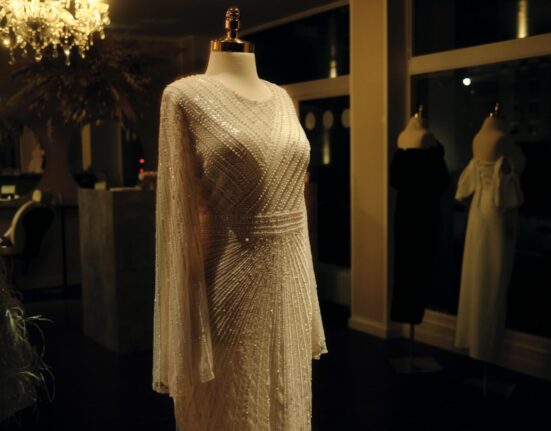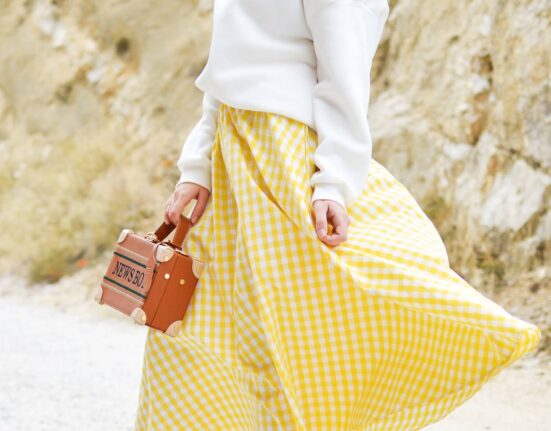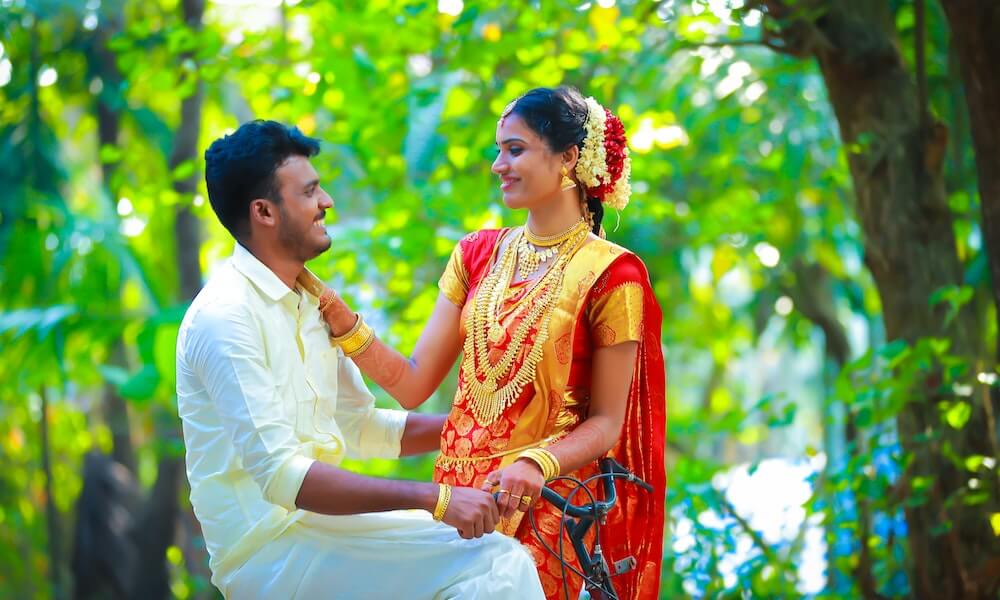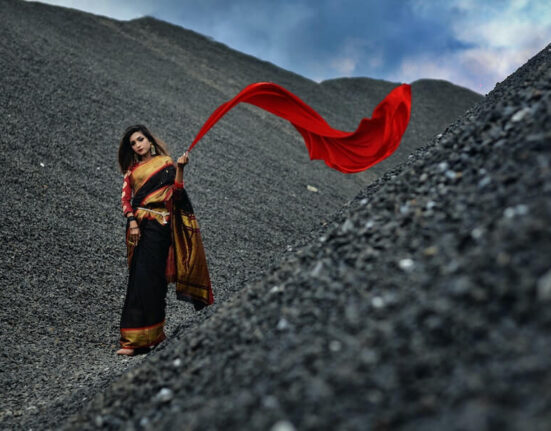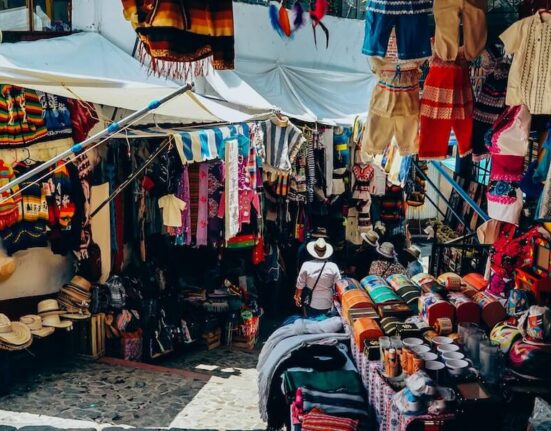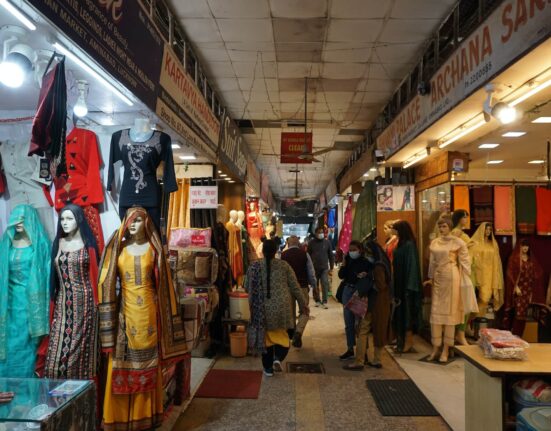Introduction
South Indian traditional dress reflects the rich cultural heritage and diversity of the region. These attire pieces, deeply rooted in history, have not only stood the test of time but have also evolved to remain relevant in contemporary fashion. In this article, we will delve into the intricate details of South Indian traditional dress, exploring its various forms, materials, and styles.
Table of Contents
South Indian Traditional Dress: A Closer Look
South Indian traditional dress is a tapestry of colors, patterns, and fabrics that beautifully encapsulates the essence of the region’s culture. The attire is known for its intricate craftsmanship, exquisite detailing, and timeless elegance.
Sarees: Draping Elegance
Sarees are the epitome of grace and sophistication in South Indian attire. Woven with stories of tradition and legacy, these garments come in a plethora of materials, from silk to cotton, each carrying its own unique charm.
Dhotis: The Essence of Simplicity
Dhotis, often associated with men’s wear, are a symbol of simplicity and modesty. Crafted from lightweight fabrics, these garments provide comfort in the tropical climate of South India.
Salwar Kameez: A Blend of Comfort and Style
While not as traditional as sarees and dhotis, the salwar kameez has found its place in South Indian fashion. The loose-fitting pants and tunic combination offers both comfort and versatility.
Mundu and Neriyathu: Kerala’s Finest
In the coastal state of Kerala, the mundu and neriyathu ensemble holds cultural significance. The two-piece attire is a representation of the state’s unique customs and traditions.
The Evolution of South Indian Fashion
South Indian traditional dress has evolved over the centuries, adapting to changing trends while preserving its essence.
Influence of History and Culture
The dress styles are deeply influenced by historical events and cultural exchanges, resulting in a fusion of traditional and modern elements.
Contemporary Innovations
In recent times, designers have infused modern designs into traditional attire, creating a harmonious blend of the old and the new.
Materials and Weaving Techniques
The choice of materials and weaving techniques is crucial in creating authentic South Indian traditional dress.
Luxurious Silks
Silk holds a special place in South Indian attire, with Kanchipuram silk sarees being among the most coveted. The intricate weaving and vibrant colors make them a work of art.
Cotton Comfort
Cotton is a preferred fabric due to its breathability, making it suitable for the region’s warm climate. Traditional handloom cotton sarees showcase the craftsmanship of skilled artisans.
Gold and Zari Embellishments
Elaborate gold and zari work embroidery add a touch of opulence to South Indian dresses. These embellishments are often found on borders, adding a touch of shimmer to the attire.
Regional Variations: From State to State
Each South Indian state has its own unique traditional dress, showcasing the diversity and individuality of the region.
Karnataka’s Patteda Anchu
Karnataka boasts the elegant Patteda Anchu sarees, known for their distinct checkered patterns and vibrant colors.
Tamil Nadu’s Madisar
The Madisar saree, draped in a unique manner, is a symbol of the Tamilian woman’s cultural identity.
Andhra Pradesh’s Pochampally Ikat
Characterized by intricate tie-and-dye patterns, Pochampally Ikat sarees from Andhra Pradesh are a visual delight.
Kerala’s Kasavu Mundu
The pristine white and gold Kasavu Mundu is a staple in Kerala, often worn during festivals and auspicious occasions.
Accessorizing the Attire
No traditional dress is complete without the right accessories to complement the look.
Temple Jewelry: Divine Adornments
Intricate temple jewelry, crafted with precision, adds a touch of divine elegance to South Indian attire.
Kolhapuri Chappals: A Footwear Classic
Kolhapuri chappals, with their unique design and comfortable fit, perfectly complement traditional dress.
Bindi and Bangle Pairings
Bindis and bangles are essential adornments, adding a pop of color and charm to the overall ensemble.
Conclusion
South Indian traditional dress is not merely clothing; it’s a celebration of heritage, an embodiment of art, and a testament to the region’s cultural pride. From the elegance of sarees to the simplicity of dhotis, each garment tells a story of tradition and craftsmanship. As the fashion world continues to evolve, these timeless attires remain a cherished part of South India’s identity.
FAQs
Q: Can men wear sarees in South Indian tradition?
A: While sarees are traditionally worn by women, men can embrace other forms of South Indian attire such as dhotis.
Q: Are South Indian traditional dresses only meant for special occasions?
A: While some attire is reserved for festivals and ceremonies, there are casual variations suitable for everyday wear.
Q: What is the significance of the color choices in South Indian attire?
A: Colors often hold cultural and religious symbolism. For example, red symbolizes prosperity and fertility.
Q: Are there any specific rules for draping a saree?
A: Each style of draping has its own set of steps. Learning the technique can be a rewarding experience.
Q: How do South Indian traditional dresses differ from North Indian attire?
A: South Indian attire is often characterized by its use of vibrant colors, intricate designs, and distinct draping styles.
Q: What makes Kanchipuram silk sarees unique?
A: Kanchipuram silk sarees are renowned for their rich silk quality and intricate zari work, making them highly desirable.
